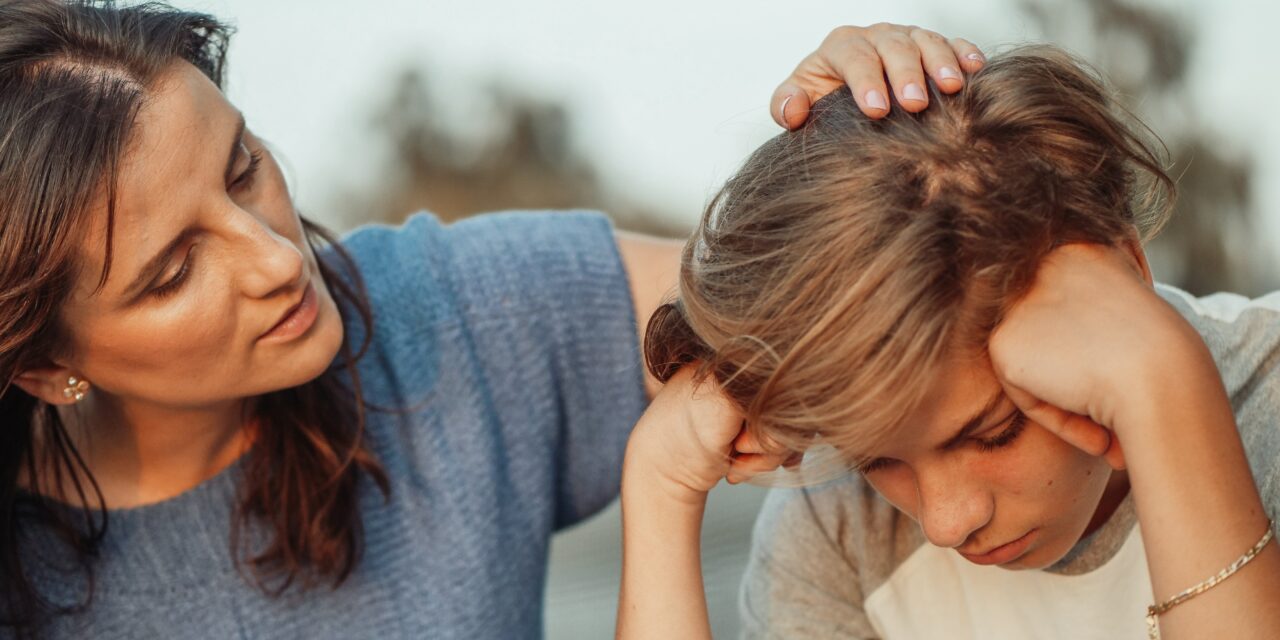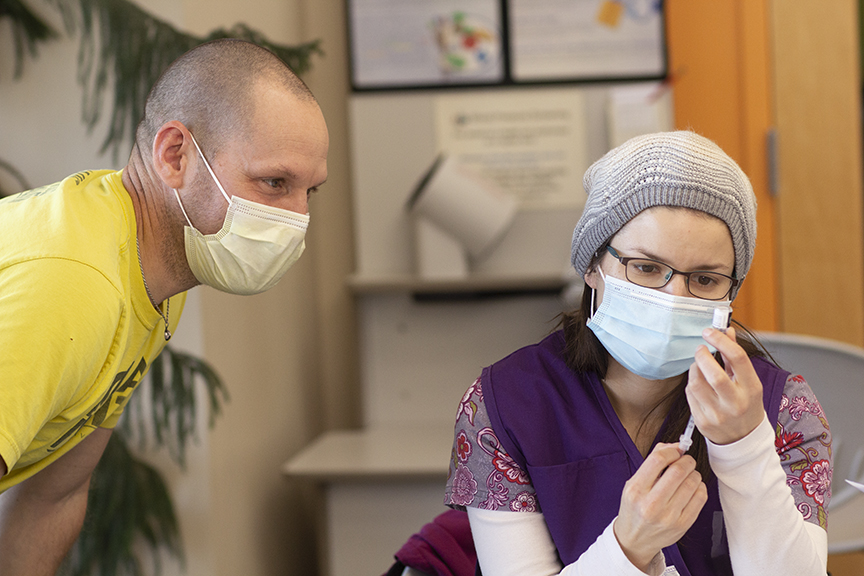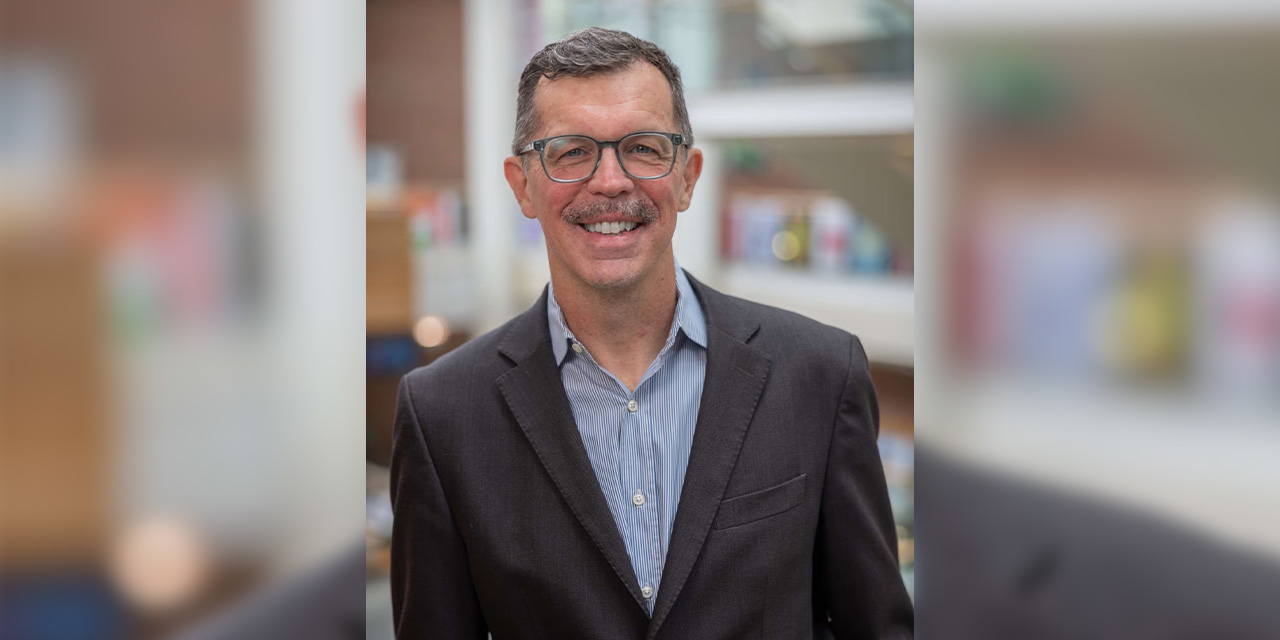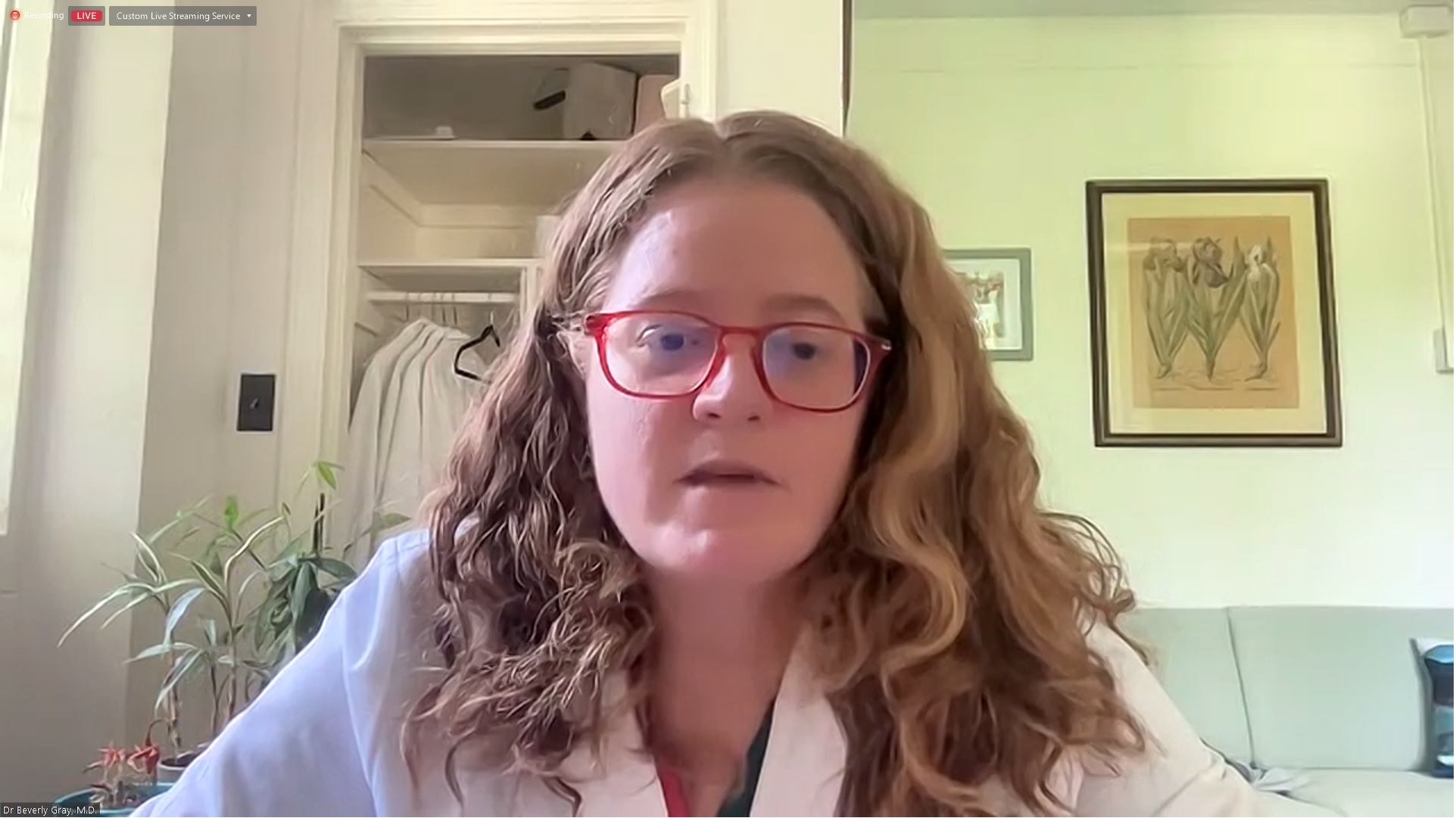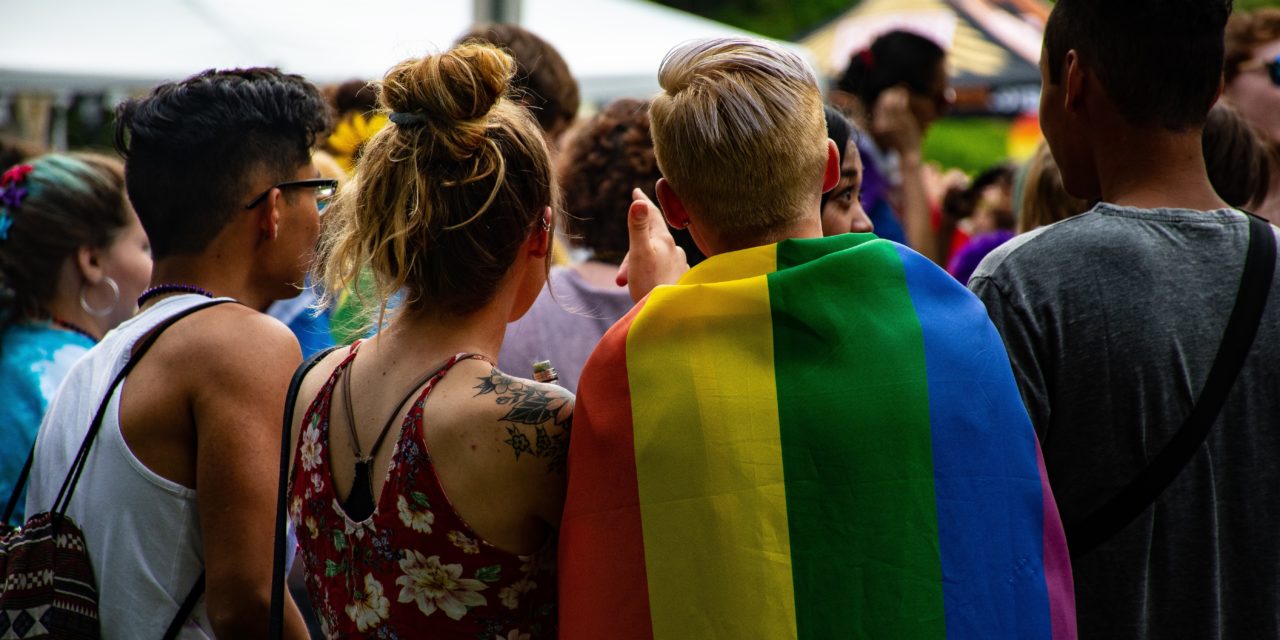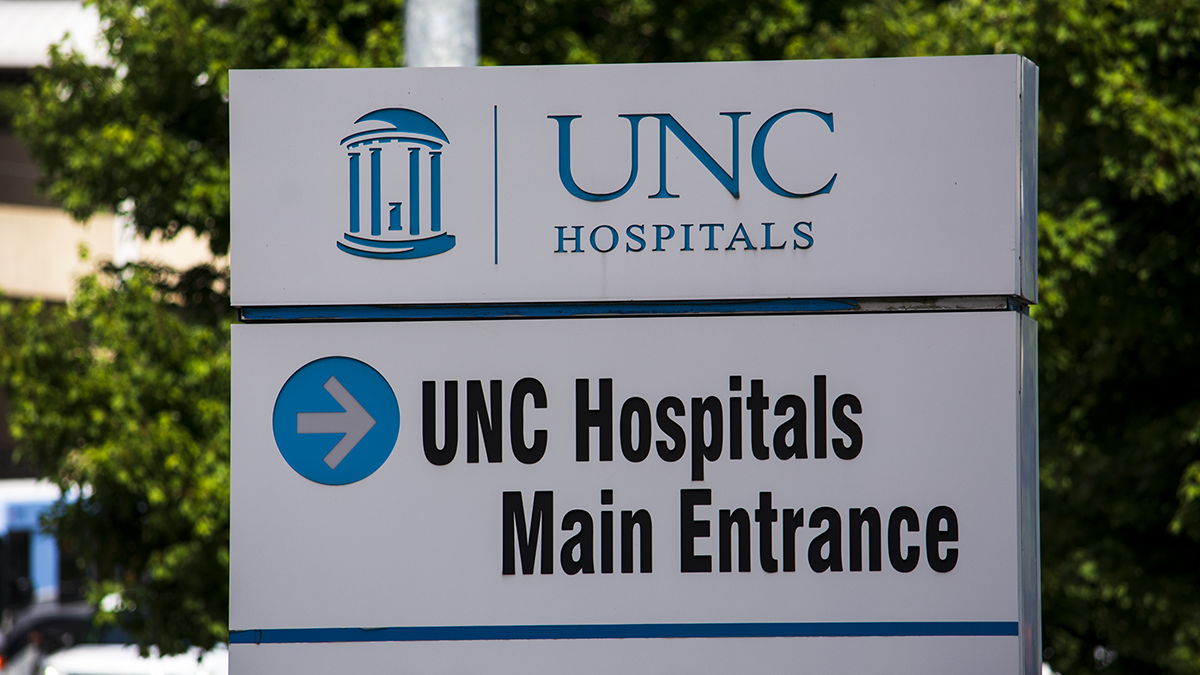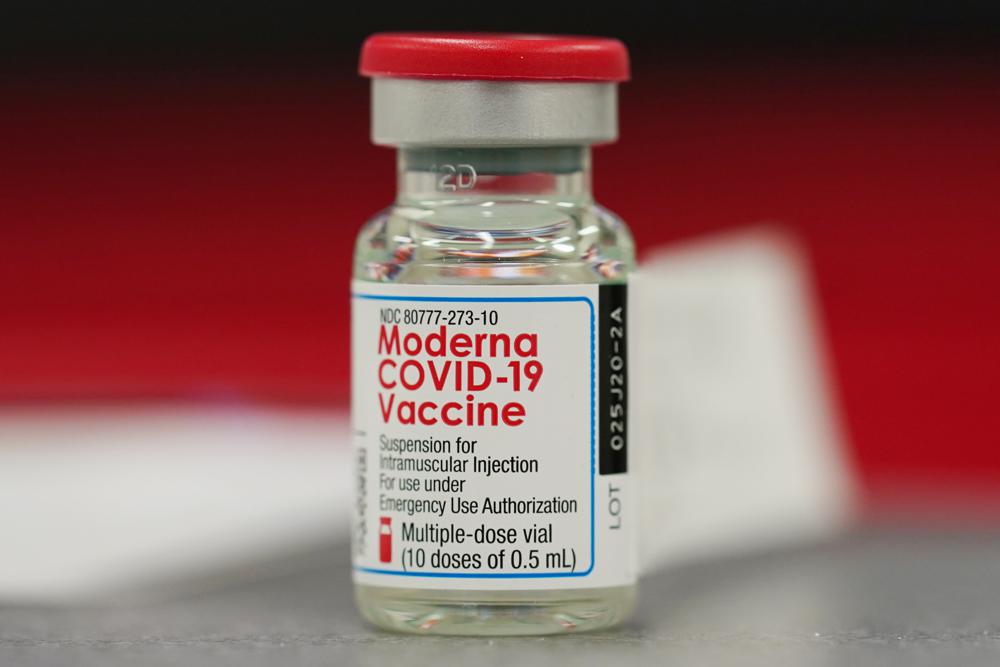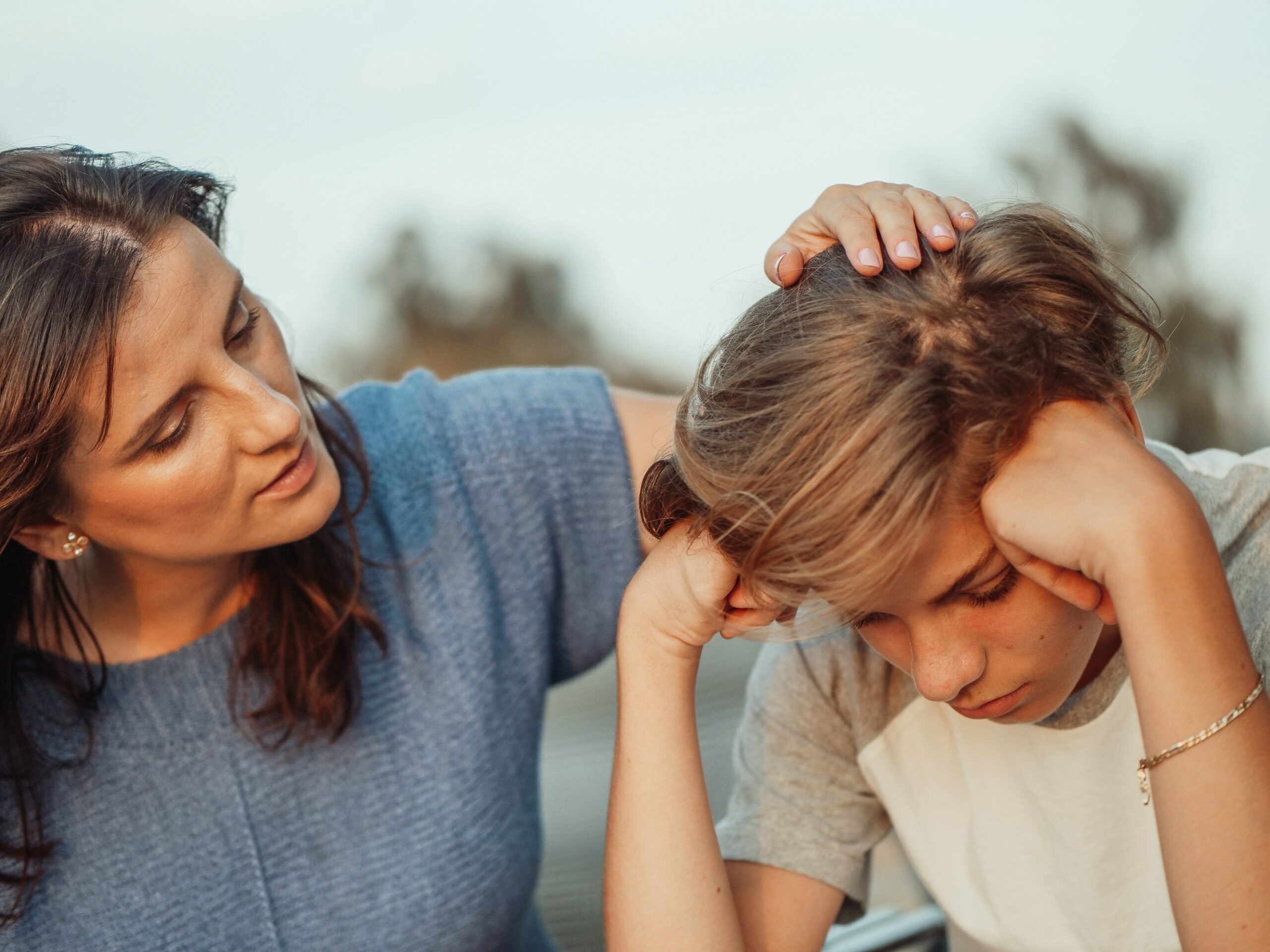Content warning: This article contains comments and statistics about suicide and self-harm.
There’s been much discussion about the mental health of adolescents and teenagers in the recent stages of the COVID-19 pandemic. From discussing the impacts of virtual learning to the emotional challenges of adjusting to a new normal, there are many recent stressors. The American Academy of Pediatrics declared a national emergency over the youth’s mental health crisis last October. Just a few weeks later, the U.S. Surgeon General did the same.
But studies show that the pandemic wasn’t the beginning of a mental health crisis for young adults: it only made things worse. A panel of psychiatry experts with Duke University spoke on Wednesday about the rise in mental health-related emergencies and the systems that contribute to those issues.
Studies found suicide to be the second-leading cause of death for the 10- to 24-year-old demographic in 2019. This came as the suicide rate in young adults steadily increased over the decade.
Dr. J. Nathan Copeland is a child and adolescent psychiatrist at the Duke Center for Autism and Brain Development. He said 2019 was record-setting for deaths by suicides, as more children died by self-harm than any point in American history.
“And then the pandemic onset,” Copeland said. “And what we saw was increased loneliness, increased isolation, increased parental stress, increased substance use disorders across the entire population. The murder of George Floyd exacerbating racial trauma and highlighting the systemic racism that so many individuals have experience. And we’ve just seen that temperature rise [as a result.]”
Dr. Gary Maslow is a Child and Adolescent Psychiatrist at Duke Health, who says his experiences treating those recovering from suicide attempts reflect the data. He described it as “unlike anything he’s experienced” during his 20 years on the job.
“Acknowledging that this is a crisis,” he said, “this is the fourth or fifth wave of the COVID crisis and that they’re probably more children are going to have bad outcomes because of the mental health crisis then directly from the virus — it’s definitely an opportunity to take this, as the Surgeon General has declared, [as] an emergency and try to address this in a variety of ways.”
Copeland said it’s important for parents and children to remember that part of why deaths by suicide are common is because pediatric mental illness is common. Reports indicate close to 20 percent of kids experience some form of mental illness in their youth. The psychiatrist and panel said, however, that doesn’t mean that tragic outcomes are inevitable. Because it’s so common, an important step is normalizing the sharing of feelings and seeking help earlier in childhood.
One element driving the rise in self-harm, Copeland said, is the amount of time between when pediatric mental illness begins and when the child starts receiving treatment. He said the averages range from 6 to 11 years before the symptoms begin to get addressed.
“That’s a significant 11 years, that’s a long period of time that a kid has been experiencing mental illness,” said Copeland. “And from there, what we frequently see is only about 20 percent of kids that are experiencing mental illness receive the care that they need.”
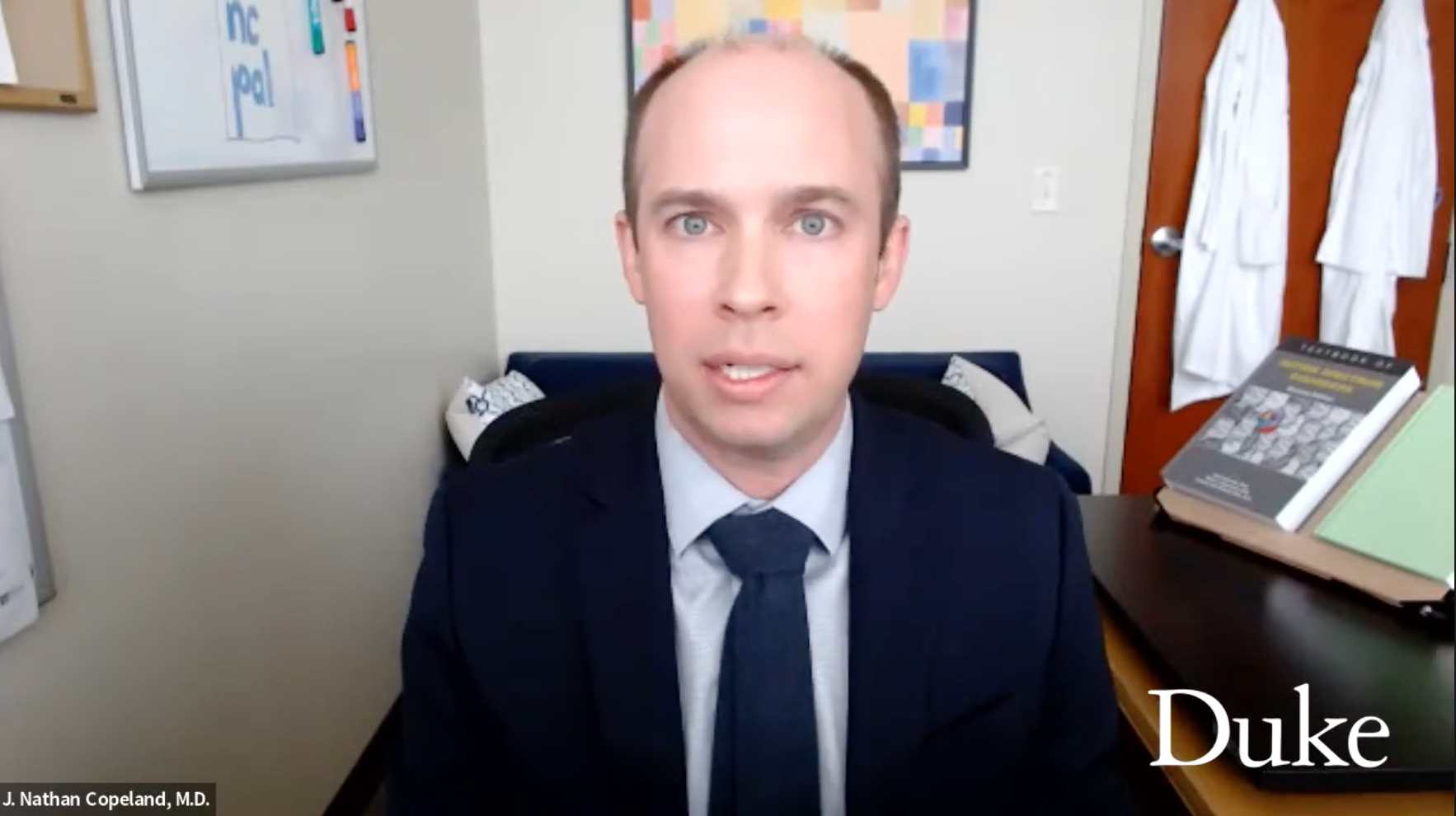
Dr. J. Nathan Copeland speaks during a Duke University panel on the mental health crisis among teenagers on July 13, 2022.
The panel of mental health professionals acknowledged there are several factors to why children might not get that care, as well as why those mental illnesses develop. Sherika Hill, an adjunct professor in Duke’s Psychiatry & Behavioral Sciences Department, said systemic barriers contribute to this — like structural racism, socio-economic challenges, or gender inequity. She also said many cases present several underlying illnesses that manifest in bigger, more challenging health conditions.
But Hill added that the mental illness rise also stems from disconnects on the health care side. While some children don’t get the right treatment because they’re not brought in to doctors, research shows many individuals who die by suicide have prior records of symptoms of mental illness.
“I think that’s an issue in and of itself for our public health and our clinical practice for mental health: how we see children in their expression of need for their mental health,” said Hill. “This is not just something that’s specific to adults. There are ways of collecting data and analyzing data and even synthesizing in it that we know as young as two or three years of age, that we could see developmental pathways that can lead to mental illness as later presented, diagnosed and, hopefully, treated.”
The trio said to fix a widespread emergency, the best methods to address it are preventative ones. Hill said one of the best ways for parents and community members to do their part is by creating space for young adults to feel comfortable talking about their emotions or mental wellbeing. Copeland and Maslow each agreed, with the latter saying parents should also be conscious of their own mental or emotional struggles.
“It’s not because parents are the cause of their child’s distress,” said Maslow. “It’s because they’re their best asset for supporting [the children.] and similarly for teachers. So, from a prevention side — supporting teachers, parents, camp counselors, the people who are on the front lines of taking care of kids — if we go back to what we really need, that’s the place to start.”
Copeland said he believes children are “resilient,” and that if national systems are more mindful, a change can happen. But he echoed that parents, schools and community leaders being receptive and aware of the mental health emergency is a key element to spurring necessary changes.
“There are lots of opportunities for us to improve pediatric mental health into the future,” said Copeland. “I believe us just having this conversation right now, people being here and listening to this conversation, is the critically important step that we’ve been needing.”
To watch the full panel on the teen mental health crisis hosted by Duke University, visit the school’s YouTube page.
Photo by Kindel Media.
Chapelboro.com does not charge subscription fees, and you can directly support our efforts in local journalism here. Want more of what you see on Chapelboro? Let us bring free local news and community information to you by signing up for our biweekly newsletter.

